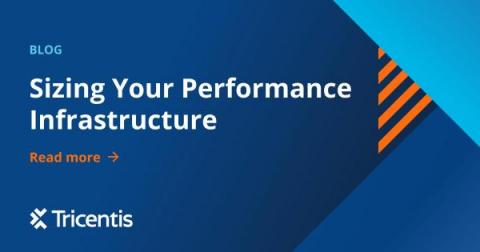Comparing Loadero and testRTC for WebRTC testing
When it comes to WebRTC testing, there aren’t many feature-rich tools on the market. Loadero is one of those, testRTC is another widely known option, so we get questions about how those two compare frequently. To give a detailed answer to that question, we published this blog post in which we attempted to make a comprehensive comparison of the two tools.











